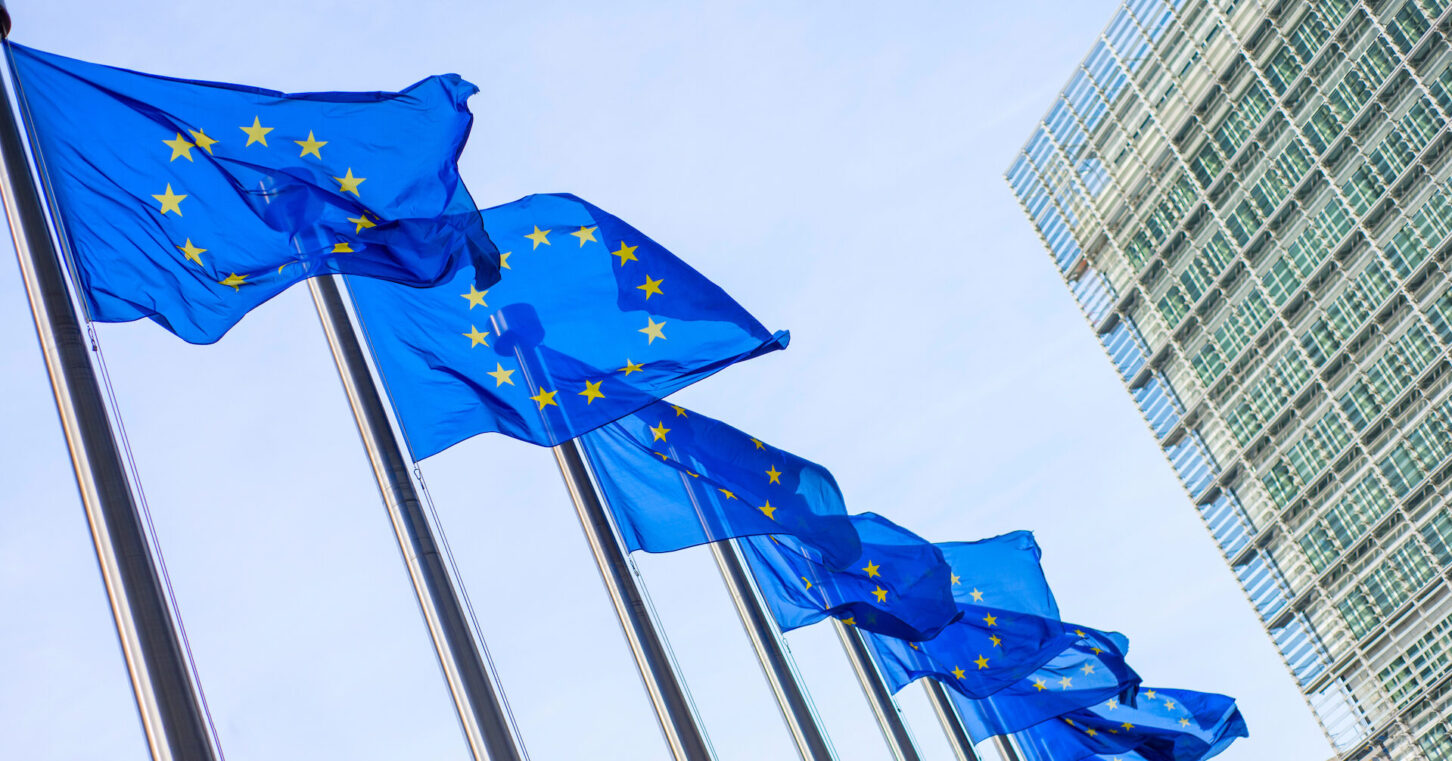
Sometimes it’s good to hear about other people’s problems: in part to recognize just how fortunate you might be, and in part to learn from their mistakes.
That’s how I read a recent article in The Wall Street Journal: “Europeans Are Becoming Poorer.” The reporter documented how European nations have failed to bounce back from the last two economic crises as well as the United States has. Since 2008, our respective paths have diverged significantly.
2008 is an interesting endpoint for me. I lived in Belgium at the time, writing about a range of European economic topics for the Journal’s European edition. The overarching message of these editorials was that the Old World was hurtling toward disaster because of its economic policies.
A year later, upon returning to Atlanta, my first column for the Journal-Constitution was headlined “Europe Is a Scary Mirror.” I wrote of my fear that “the European mentality” awaited us. It was the first months of the Obama presidency, and the new administration was mulling European-style takeovers of industries from healthcare to energy.
They got some but not all of what they wanted. Good thing, because as I warned at the time, Europe “spent the last decade or longer trying to move away from the very kind of system we Americans may be on the verge of adopting,” because they knew it was unsustainable.
A decade and a half later, the bill for their inaction has come due.
In 2008, the Journal’s recent article reported, aggregate consumer spending was about the same in the United States ($12.4 trillion) as in the European Union ($12.24 trillion). The EU had a substantially larger population, so the two were not comparable on a per capita basis. But in the aggregate, they were roughly even.
No longer. Adjusted for inflation, EU consumer spending in 2021 was just 2.5% higher than in 2008, at $12.54 trillion. American consumer spending, meanwhile, soared to $19.26 trillion – a rise of more than 55%.
Another measure is real gross domestic product, the inflation-adjusted total value of the goods and services produced. Again, in 2008 the U.S. and EU were virtually tied: $14.77 trillion here, $14.22 trillion there. Their GDP has grown by 6% since then; ours is up by almost 82%.
Ah, but isn’t Europe a more “fair” place, with more people sharing in the growth? Not if we go by average annual wages. Adjusted again for inflation, as well as purchasing power, the Journal found that American workers earned 17% more in 2022 than in 2008.
It selected six European countries for comparison. Germany was up by a respectable, but significantly lower, 12%. France was next at 11%.
Then there was a sizable drop to the United Kingdom, where wages rose by less than 3%. Then a trio of countries where real wages have fallen: Italy was down by more than 4%, Spain by 3%, and Greece by a whopping 27%.
These nations vary in many different ways: the industries present, levels of education, population changes and more. What they all have in common is a devotion to the same government-centric approach to industrial planning – not just over the past decade and a half, but for decades before that.
We have not been immune to that trend in this country, by any means. But our economy remains more resilient, as seen in the dramatic difference in our fortunes compared to theirs since the pandemic.
The more regulations and requirements we inject into the economy in the name of stability or fairness, however, the more we drift toward the European way.
I closed that piece 14 years ago by saying that moving to Europe had felt like stepping back in time, and “I shudder(ed) to think that I was actually looking at America’s future.”
We now know even more clearly what that future looks like. None of us should want it.
